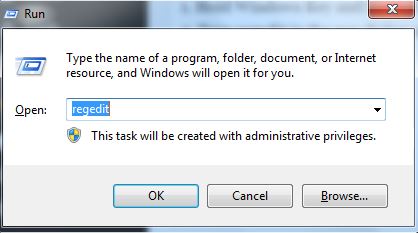The error code 0x80240020 is actually an expected message when you’re running an older version of Windows, during the Windows 10 upgrade period, which tells you that when the installation/upgrade begins, it might require user interaction. It also tells you that the upgrade is not completely ready, but you should wait for a bit more. This message appeared most commonly on the 28th and 29th of July, 2015, when Microsoft released its latest iteration of the Windows operating system, Windows 10. A number of users were confused and thought his error had something to do with their devices, but after a lot of speculation, a Microsoft representative cleared the issue on their forums, stating that this message appeared for everyone intentionally, but it is not an error. Instead, it is a simple notification that the upgrade to Windows 10 will begin soon, and the user should be ready for it. It doesn’t indicate any problem with your upgrade download or reservation, and the download is not corrupt as some people thought. You should be notified in a while, when your device is ready to update. Even though this message basically tells you to wait, if you’re one of the eager users who don’t want to wait for Microsoft to tell them their device is ready, there are two things that they can do to get the update immediately.
Method 1: Modify Registry
Incorrectly, modifying the registry may result in corruption therefore it is very important that you back up your registry so it can be restored if anything goes wrong and the steps must be followed exactly as listed below. First, back up your registry settings by following the steps listed here (registry backup)
Once the registry is backed up; hold windows key and press R
Type regedit and Click OK
From the left pane; go to/navigate to the path below If the OSUpgrade doesn’t exists, you can right click the Windows Update folder and then create the new folder.
Once you are in the folder OSUpgrade; right click in the left pane select new dword (32-bit) value; set the name as AllowOSUpgrade and set the value to 0x00000001
Then, close the registry editor, reboot your PC and try pushing the updates again. You can also use the Get Started button to upgrade to Windows 10. If you are using Windows 8.1; then you must use the Desktop control panel and not the modern UI.
Method 2: Delete everything in the Download folder
This method restarts the Windows Update service, and deletes everything in the Downloads folder in the meantime, so that the update can start fresh and download Windows 10.
[SOLVED] One of the Update Services is not Running Properly in Windows Update[SOLVED] isPostback_RC_Pendingupdates Error on Windows UpdateSOLVED: Windows 10 couldn’t be installed Error (80070003)SOLVED: Could Not Connect to Network Error in Windows 10
